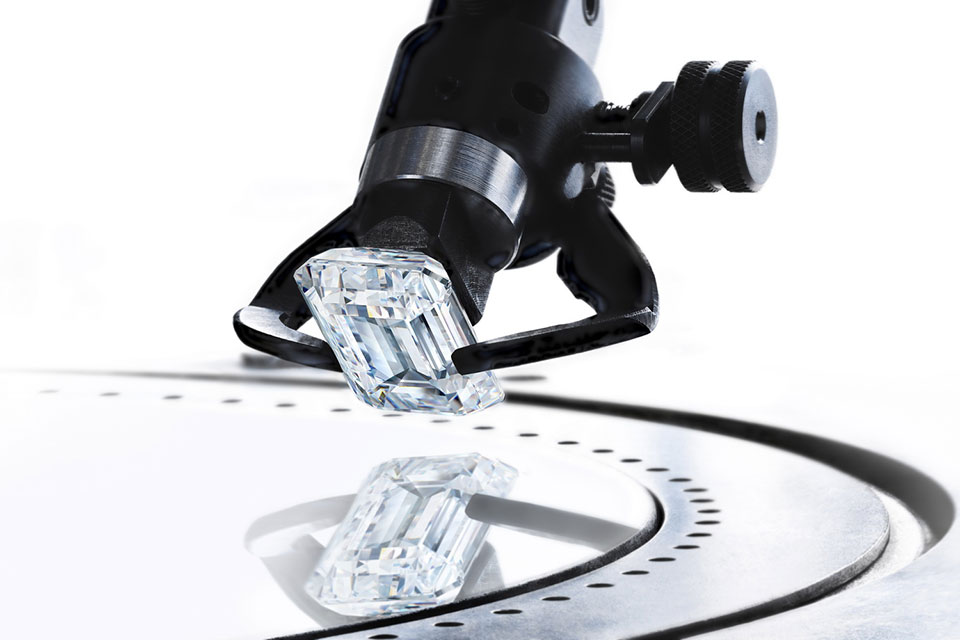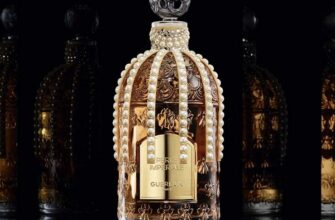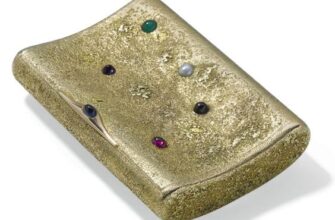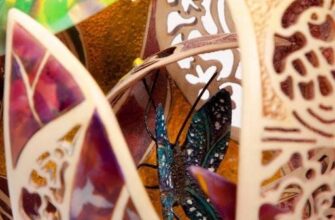Managing Director of the Steffan & Sofia jewelry house, gemologist, GIA Alumni Member and author of the popular Instagram account @jewelioness Daria Vorobyeva spoke about the difference between artificial and natural diamonds, the prospects for their further use, and also shared her personal opinion about natural and laboratory-grown stones in jewelry products.
In the hands of two copies of a faceted mineral, consisting of carbon. Both are crystal clear and in direct light emit a kaleidoscope of spectral colors and are identical in dispersion (the ability to receive and return light). They seem to be identical. However, one of them is a billion or more years old, and the second was recently grown in a laboratory in a month. Both stones are, of course, diamonds.
The first is a natural diamond, created by the forces of the Earth itself, which, for billions of years, with enormous temperature and pressure, turns carbon particles into a precious mineral. The second one is obtained in the laboratory and actually has the same chemical, physical and optical properties as natural diamond.
Attempts to replace precious stones with analogues are not new - they were born at the same moment when a person discovered precious crystals himself. The first were attempts to pass off another material as precious, that is, to imitate by cutting it in a similar way - who has not heard of cut glass or crystal imitating diamonds?
Along with technological progress, more advanced methods began to appear - diamond analogues began to be created from other materials, trying as much as possible to approximate the main property of diamonds, for which we value them - dispersion. Yes, in the 70s. Zirconia was created in the USSR, cubic zirconium was created in Germany, and a little later, at the beginning of the 21st century, moissanite began to be widely used in the jewelry industry as the best analogue of a diamond. The task of each of those listed was to be like a diamond (which they successfully coped with in principle), but inside, in terms of chemical characteristics, the analogues remained completely different.
Everything changed with the invention of diamond growing technology.
The industry owes the first laboratory-grown diamonds to a General Electric chemist who created the first such diamond back in 1954.
To understand this technology, you need to remember that diamond is carbon, which takes billions of years, huge pressure and huge temperature of the earth's interior to form into a precious crystal.
Recreating similar mechanisms in laboratories, scientists improve the technology of creating diamonds every year, and by the beginning of the 21st century, the size of the market for grown diamonds had reached such an impressive scale and prevalence of the use of these stones in jewelry that one of the most respected gemological laboratories in the world, GIA (Gemological Institute of America) has been officially certifying lab-grown diamonds for 10 years.
So what is the difference between modern laboratory-grown diamonds and natural diamonds, returning to our first two stones?
Fundamentally, their difference over the years of technology improvement has been reduced only to the method of obtaining - extraction from natural resources or creation in laboratory conditions with the participation of man.
The chemical difference is minimal, but still there.
Although it is generally said that natural diamond is pure carbon, it almost always contains traces of nitrogen in its structure, while laboratory-grown does not. These subtle differences, detectable only by experienced gemologists, pose a problem for both jewelers and buyers. In that aspect, so that less expensive laboratory-grown diamonds do not flood the market under the guise of natural ones. To guarantee this, you should always pay attention to the diamond certificate, which should indicate the origin of the stone (natural or laboratory).
Lab-grown diamonds entered the gem and jewelry market in commercial quantities about five years ago. In May 2021, Pandora, one of the largest jewelry companies in the world, announced a complete transition to exclusively laboratory-made diamonds, which was the first significant news in the synthetic stones market. The world of gemologists and jewelers could not help but feel the threat of competition from the new market.
So why did Pandora make such a decision and will laboratory stones really replace natural ones?

Of course, because of the price of the first. With the passage of time and the improvement of technology, it falls all the time, while the price of natural diamonds is steadily increasing. Specialists expect that over time, the cost of the latest generation of synthetic diamonds will fall to the usual prices of their earlier competitors - cubic zirconia and cubic zirconia.
Can we expect in this context a massive shift, especially by first-line jewelers (Van Cleef, Cartier, Mikimoto), to lab-grown diamonds?
Unlikely. For centuries, these jewelry empires have been built around the natural origin of the inserts in their jewelry, and to leave it is to completely change the brand.
Although it is impossible to exclude the appearance of separate democratic collections with laboratory stones (especially interesting for the “millennial” generation), which will help the brand, while remaining in its style, to attract a new audience. This can be especially expected from the innovator of the jewelry market at all times - Tiffany, or from the traditional leader of the diamond industry De Beers, which, by the way, is also a leader in the production of laboratory stones. It is likely that soon we will see collections of these brands with new "technological" diamonds.
At the same time, premium and mass segment brands are likely to start a gradual transition to laboratory-grown stones, following Pandora, which, at an equal cost to other synthetic diamonds, will certainly win in reputation. At the same time, it is unlikely that laboratory-grown diamonds will ever completely replace natural ones.
Proponents of the opposite opinion explain the coming “end of the world for natural diamonds” by the fact that laboratory ones are created in more favorable and safer conditions for nature than the extraction of natural ones.
But diamond mining companies are moving forward by leaps and bounds in sustainable development and the ethical extraction of minerals with minimal damage to the planet. Most likely, according to this parameter, stones of different types will soon become equal, and the choice of some in favor of others on the basis of their environmental friendliness will no longer stand.

Natural diamonds are forever, to paraphrase the famous De Beers slogan. So it turns out that any imitation, even a phenomenally good one, raises the price of a natural original higher and higher, so the market for laboratory stones will only lead to an even greater value of natural diamonds, both in real terms and in the eyes of their connoisseurs.
We already feel this for ourselves at Steffan & Sofia - as we only work with diamonds with proven natural origin, and we feel both positive and negative.
The downside is that clients who have already faced obvious deception more than once, when imitations of it were passed off as diamonds in post-Soviet Russia for many years, now also know about laboratory-grown stones that are visually indistinguishable.
But doubts disappear quickly when we tell you that not only do we work with the world's most reliable diamond suppliers (Alrosa, for example), but that every stone we use is already over 0,2 carats accompanied by a GIA certificate, which indicates the natural origin of the stone and other important characteristics.
Plus, it became obvious in even greater admiration of customers for natural stones. This is partly due to the fact that we talk a lot, but in an accessible way, about the interesting processes of creating diamonds by nature, but also due to the fact that in the ocean of synthetics, natural is always valued higher and acquires even more charm.
We are not going to either switch to laboratory diamonds or release separate collections with them, proceeding from the fact that the brand initially appeared as a tribute to love and respect for the creations of nature itself - minerals.
We certainly respect the work of scientists who invented a process similar to natural in laboratory conditions, creating an almost complete analogue of a diamond, but we remain on the side of nature.
From the position of a client, I am for a liberal approach to the choice - an engagement ring with a natural diamond on the hand will not spoil a beautiful bracelet encrusted with a scattering of shining laboratory-grown diamonds - it is quite possible to combine.









